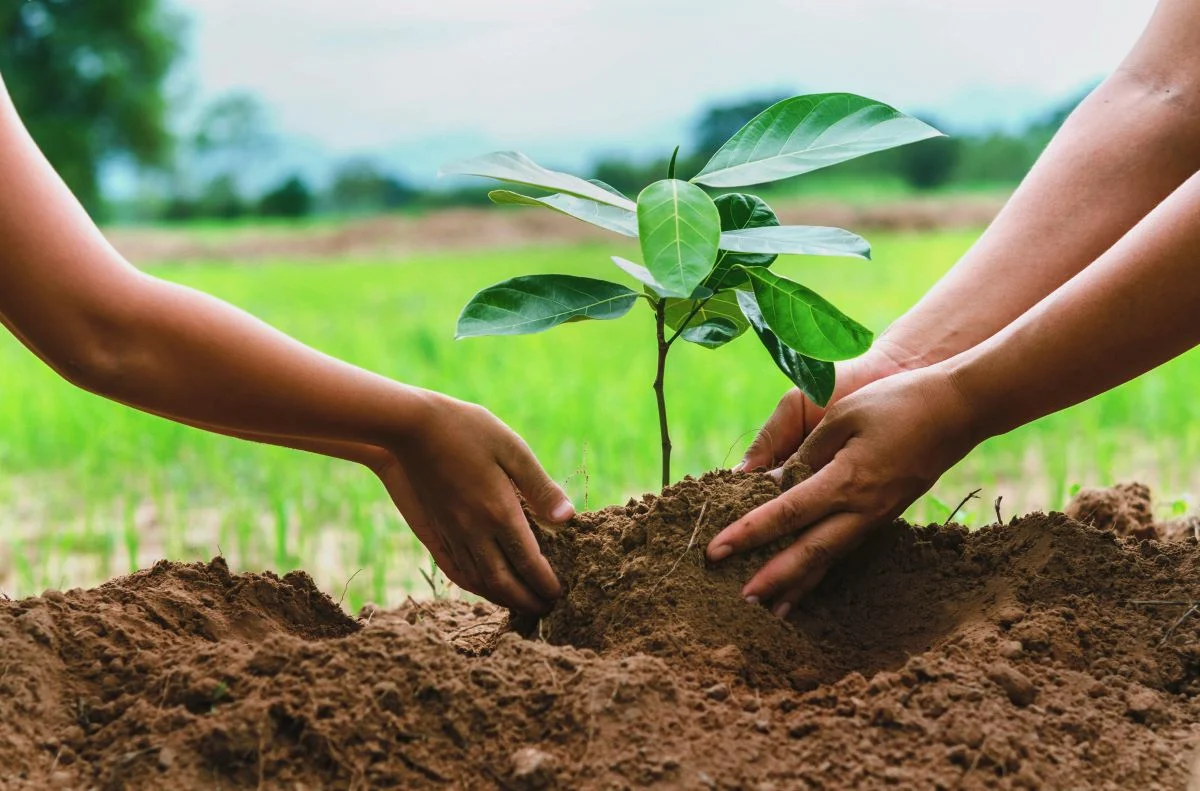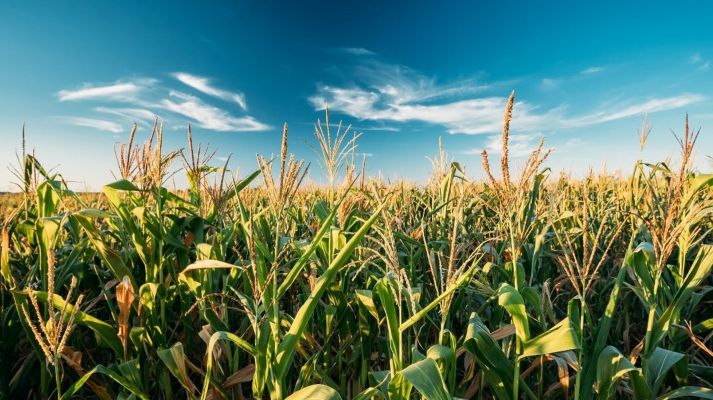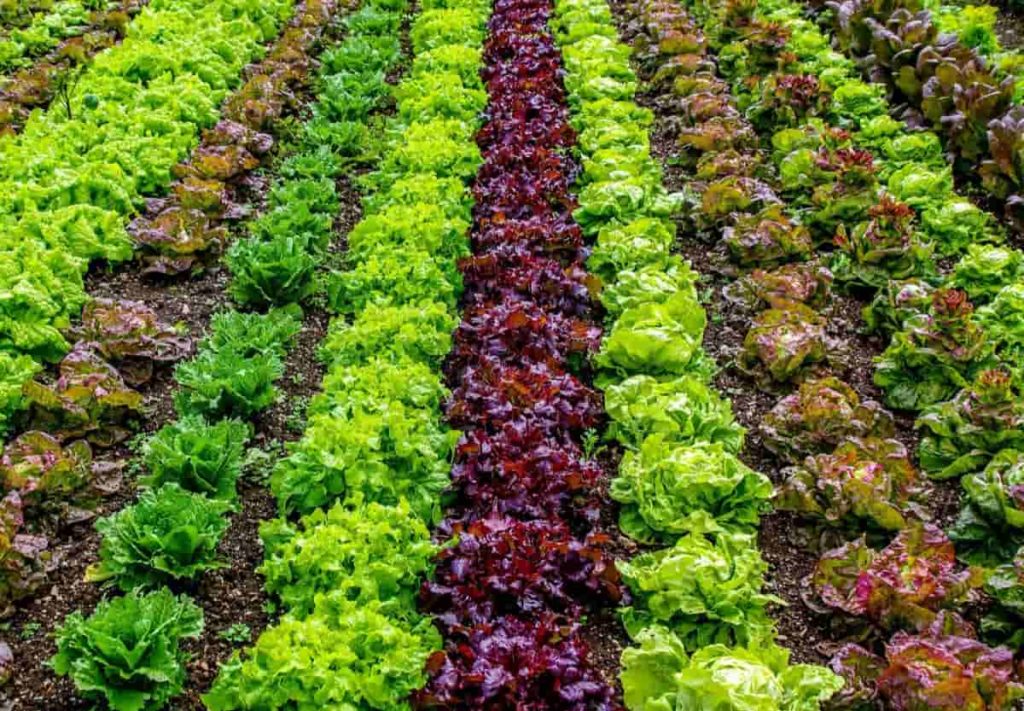Introduction:
In the realm of horticulture and environmental sustainability, understanding the fundamental elements necessary for the growth of plants and trees is paramount. Whether you’re a seasoned gardener or a novice enthusiast, ensuring that these vital factors are present can significantly impact the health and vibrancy of your green companions. In this comprehensive guide, we delve into the essential components needed to foster robust plant and tree growth.
1. Sunlight: The Elixir of Life for Plants
Sunlight serves as the primary source of energy for plants through photosynthesis. This miraculous process transforms sunlight into essential nutrients, fueling the growth and development of plants and trees. Different plants have varying sunlight requirements, so it’s crucial to choose the right location for each species in your garden or landscape.
2. Water: Nourishment for Growth
Water is a life-sustaining force for plants, facilitating nutrient absorption and supporting various metabolic processes. Adequate watering is crucial for plant health, but striking the right balance is key. Insufficient water can lead to dehydration, while excess water can drown roots and cause root rot. Understanding the specific water needs of your plants is vital for fostering optimal growth.
3. Nutrient-Rich Soil: The Foundation of Health
Healthy soil forms the bedrock for plant and tree growth. It provides essential nutrients like nitrogen, phosphorus, and potassium, fostering robust root development and overall vitality. Regularly enriching the soil with organic matter, such as compost, enhances its fertility and ensures a thriving environment for your green companions.
4. Air Circulation: Breathing Room for Plants
Plants require oxygen for various physiological processes, including root respiration. Adequate air circulation around plants is vital to prevent issues such as root suffocation and the development of fungal diseases. Pruning and proper spacing contribute to improved air circulation, promoting healthier growth and reducing the risk of plant stress.
5. Temperature: Striking the Right Balance
Temperature plays a crucial role in plant growth, influencing everything from germination to flowering. Different plants thrive in different temperature ranges, so it’s essential to choose varieties that align with your local climate. Protecting plants from extreme temperatures, whether hot or cold, ensures their well-being and encourages optimal growth.
6. pH Levels: Balancing the Scale
Soil pH directly affects nutrient availability to plants. Most plants prefer a slightly acidic to neutral pH range. Testing and adjusting the pH of your soil can significantly impact the health and productivity of your plants. Lime or sulfur amendments can be used to bring the pH to the desired level, promoting better nutrient absorption and overall plant well-being.
7. Proper Drainage: Avoiding Waterlogged Roots
Ensuring proper drainage is crucial for preventing waterlogged soil, which can lead to root rot and other water-related issues. Amending the soil with materials like perlite or creating raised beds can improve drainage. Additionally, selecting plants that are well-suited to your soil type contributes to better overall plant health.
8. Mulching: A Protective Blanket for Plants
Mulching is a simple yet effective practice that offers numerous benefits. It helps retain soil moisture, regulates temperature, suppresses weed growth, and adds organic matter to the soil as it breaks down. Applying a layer of mulch around plants and trees provides a protective barrier, contributing to a healthier and more resilient garden ecosystem.
Conclusion:
In the intricate dance of nature, providing the right conditions for plant and tree growth is both an art and a science. By understanding and optimizing factors such as sunlight, water, soil quality, air circulation, temperature, pH levels, and drainage, and incorporating practices like mulching, you can create an environment where plants and trees flourish.
As stewards of our green spaces, it is our responsibility to cultivate an understanding of these essential elements and apply them judiciously in our gardening endeavors. Armed with this knowledge, you can embark on a journey of sustainable and thriving plant and tree cultivation, contributing to the beauty and ecological balance of your surroundings.




